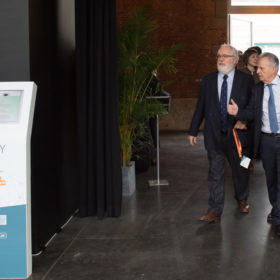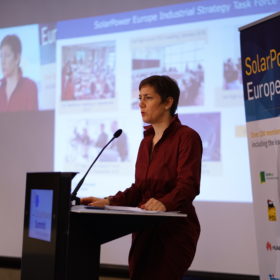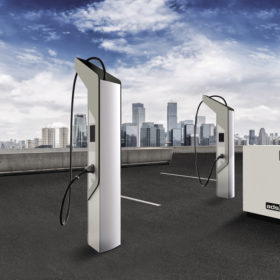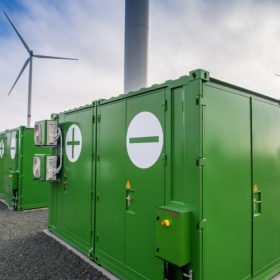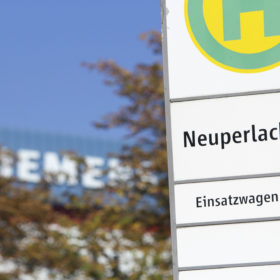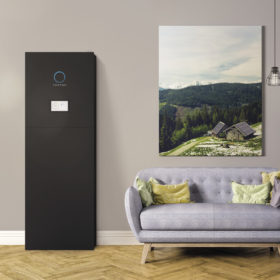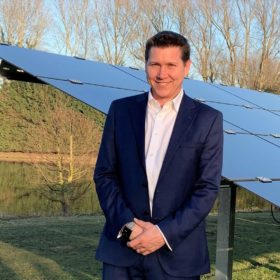EU call for energy infrastructure proposals backed by €750m of funding
Under its Connecting Europe Facility (CEF), the bloc has opened another call for applications to build cross-border energy infrastructure projects. It has already agreed to provide a grant of €323 million to synchronize the regional grid in the Baltic States.
Lithium and cobalt prices down 30%; EV’s watershed moment looming?
Against the backdrop of soaring demand, commodity prices for lithium and cobalt have come down 30% since the beginning of the year. This could have a profound effect on the EV industry, bringing price parity in comparison with conventional vehicles much earlier than previously thought.
Smart electrification 36% cheaper than green hydrogen in Europe
A report commissioned by the European Climate Foundation suggests a fossil fuel-free energy system in Europe by 2050 should largely rely on smart electrification and energy efficiency. Green hydrogen deployment, the report finds, would require prohibitively expensive infrastructure investment.
SolarPower Europe’s industrial strategy is almost ready
At the Solar Power Summit in Brussels today, the industry group said it is preparing to launch a supply-side oriented industrial policy for the PV sector in Europe. The manufacturing sector on the continent has been hard hit since 2012, and has been buffeted by a range of unfavorable policy decisions.
Storage Highlights Countdown #1; Stationary storage to boost e-mobility – ads-tec
In the run-up to the Energy Storage Europe conference pv magazine is featuring the top ten developments in the field as our Energy Storage Highlights, selected by an independent jury. Having recently covered a full range of storage products for residential, commercial and utility-scale applications, today we are finally going to announce the winner of the ranking.
Storage Highlights Countdown #2; Turning renewables into grid stabilizers – Vattenfall, Nordex, CC4E
In the run-up to the Energy Storage Europe conference, pv magazine is featuring the top ten developments in the field as our Energy Storage Highlights, selected by an independent jury. In recent weeks we have covered self-sufficient homes, retro ceramic storage technologies, open source software for storage systems, thermoelectric energy storage and island grids in the Maldives. Now, we have nearly made it to the top of our leaderboard.
Off-grid solar could bring electricity to 740 million people by 2022
As RP Global starts work on 11 solar hybrid mini-grids on Lake Victoria that will supply electricity to 160,000 people, analyst Wood Mackenzie has released a report stating how increased capital flows in the sector may still fall short of securing universal electricity access by 2030. Nonetheless, off-grid solar is the cheapest and most viable solution for remote areas and attracts investment from fossil fuel majors and venture capital funds.
Analysis: Siemens’ entry into distributed generation works for Kaco too
Having launched a residential storage system, the German giant announced plans last week to acquire inverter maker Kaco and start a new smart infrastructure business from April 1. In light of those moves, pv magazine spoke to IHS Markit’s Cormac Gilligan about the new kid, albeit huge, on the block.
The weekend read: Just look who is closing ranks!
Owners of residential PV systems increasingly want more features. Virtual power plants, smart EV charging and self-consumption measured by ever higher percentages of self-sufficiency have been buzzwords in the industry. The result has been a new breed of smart bidirectional inverters, sometimes dubbed hybrid inverters. And with utilities having found business models that also work out in their favor, could a new dawn of residential installations rise over the world of suburbia?
Gridserve to deploy 60 MW of bifacial-plus-tracking projects in the UK
Two sites with capacities of 34.7 MW and 25.7 MW will supply unsubsidized power to Warrington Borough Council. The smaller project will provide the local authority’s energy needs and reduce its electricity bill while the larger one will sell renewable energy on the open market, further bolstering council income.

